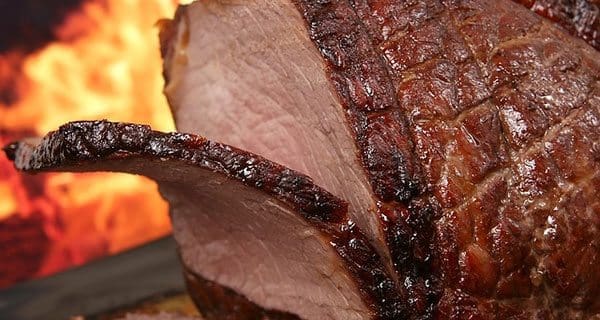 The Earls restaurant decision to turn to a U.S. supplier for humanely-produced beef points to a significant problem for the future of the cattle industry in Canada.
The Earls restaurant decision to turn to a U.S. supplier for humanely-produced beef points to a significant problem for the future of the cattle industry in Canada.
The Earls decision follows a similar one by A&W a few years ago. That chain had to procure beef from Montana and Australia for its “no hormones, no steroids” campaign.
Both decisions point to shortcomings in the Canadian beef industry.
And given the deepening problems in the Alberta economy, ranchers have reason to be particularly unhappy with the Earls decision because any loss of income is cause for concern.
But the industry problems exposed by these decisions are hardly singular. A number of issues face the cattle industry in Canada.
The cattle industry has been slow to recognize and respond to how fragmented the marketplace has become in recent years. Market scale, though, has always been an issue in Canada. The U.S. market is immense, which makes niche markets more practical and gives them the look of a gold mine. In Canada, the business case for conversion to niche markets was weak for years, since the quantities sold did not warrant any changes.
While the Canadian cattle industry has not been idle, changes have been exceptionally slow in coming. The industry has been working with the Canadian Roundtable for Sustainable Beef to establish standards for how beef is produced, which, of course, includes humane standards.
However, reports suggest that the project has faced challenges in recent months. Consensus building on what sustainable beef actually means has apparently been difficult to reach.
Nonetheless, the market is shifting rapidly and the Canadian industry is having difficulty coping.
For years, many ranchers felt that working to certain animal welfare standards simply did not bring the necessary payback. But with higher food prices, a greater number of consumers are more willing than ever to consider alternatives.
When food is cheap, choices can be more trivial for a significant group of consumers, but higher grocery bills compel consumers to look more closely at what they purchase, seeking benefits and understanding the origins of food. And that forces supply chains to become much more transparent.
As a result, animal welfare has more market currency.
Just a few years ago, Earls likely could not have cared less where their beef came from and how it was produced. Not now. And other restaurant chains already have open procurement strategies, which are very much imbedded in their approach to corporate social responsibility.
But for a growing number of consumers, none of this matters. For them, humane or sustainable beef is a fairy tale – it doesn’t exist. They feel that livestock production for human consumption is simply no longer acceptable.
That perspective has been enhanced by social media, which has brought greater attention to consumer concerns about animal welfare.
And raising cattle puts significant pressure on our environment. That has clearly created discomfort among some consumers.
Unlike the chicken or pork industries, for which production cycles are not as resource intensive, beef is going through an identity crisis in the western world. Cattle require more than 10 pounds of feed and eight gallons of fresh water to produce one pound of edible beef. These numbers are beginning to influence how consumers perceive beef as a commodity.
And this is only the beginning. An increasingly number of restaurant chains that rely on beef sales will commit to becoming more open about how animals are treated on farms. Using animal welfare as a retail tool can no longer be overlooked. It just wouldn’t be good business practice.
The changing profile of consumers contributes to all of this. Millennials now outnumber boomers, and they have far more diverse desires and habits.
And higher food prices are a major game-changer for the western world. Charging more for calories brings a different set of expectations.
The marketplace is now more attuned with food systems. What was once taken for granted is now an issue of focus for consumers: quality, composition and origin matter.
Certainly, modern consumers may still be a little confused about food systems. But consumers are clearly more engaged, and that means the industry must respond.
So the next time a restaurant seeks to cater to a growing consumer need, the Canadian cattle industry needs to be much better prepared.
Dr. Sylvain Charlebois is senior director of the agri-food analytics lab and a professor in food distribution and policy at Dalhousie University.
Sylvain is a Troy Media contributor. Why aren’t you?
The views, opinions and positions expressed by columnists and contributors are the author’s alone. They do not inherently or expressly reflect the views, opinions and/or positions of our publication.


